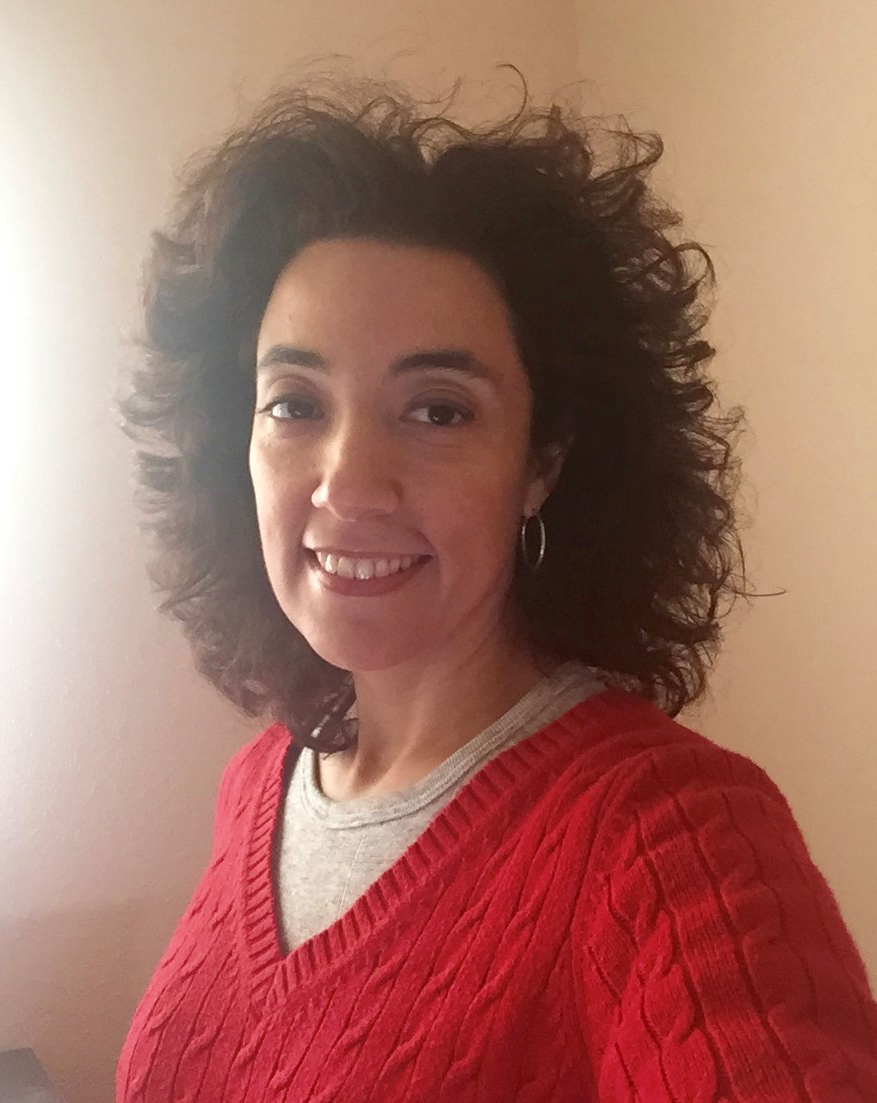Consumer Involvement

My name is Danielle Garcia Clark. I have Tuberous Sclerosis Complex (TSC), which was diagnosed when I was 30 years old. I was born with ash leaf markings — my parents didn't know what they were — and in the 1970s, I assume there was not much research regarding TSC. My first seizure was in my twenties, while on a walk with my then boyfriend. He noticed that I stopped and was starring, making repetitive motions with my hands. My colleagues at work started to notice the same behavior. Of course, I was concerned, and decided to see a neurologist. Once he saw the ash leaves and noted my seizures, the diagnosis was TSC.
Of course, I had no idea what TSC was. I was completely stunned with the full body manifestations and in denial that it could happen to me. My medical history at that point included chickenpox in elementary school and a broken wrist in college.
My mind was spinning with these new words I'd never heard — renal angiomyolipomas, subependymal giant cell astrocytomas (SEGAs), and lymphangioleimyomatosis (LAM), to name a few.
This new diagnosis definitely took a while to set in with me mentally. I was depressed and angry. I needed support. A counselor I spoke with recommended a support group, so I went to an Epilepsy Foundation support group. While it was helpful to a degree, I did not feel the individuals really understood my diagnosis, as I didn't understand theirs. Our common connection was epilepsy, which is strong, but was not enough for me.
So I Googled “tuberous sclerosis support” one day, and the Tuberous Sclerosis Alliance came up. It truly has been the best thing that has come out of this diagnosis. Becoming involved with the Alliance, as a community chair and meeting others with TSC, was invigorating. Just knowing there are others in the San Antonio, Texas area with TSC was a breath of fresh air. There were others who "got me"; we understood each other. We could talk about LAM screenings, dermatology appointments for angiofibromas, or cardiology consults for rhabdomyositis.
I then became involved with the TSC Adult Regional Coordinators. That too was a bigger breath of fresh air, knowing there were others who were diagnosed as an adult. I had found a tribe, so to speak.
In volunteering with the Alliance, I was fortunate to go to their annual March on the Hill in Washington, DC, to campaign for Federal research grant funding for the Tuberous Sclerosis Complex Research Program (TSCRP); that was such an empowering experience. Walking in the halls of Congress, speaking with Texas Representatives or their Aides, telling my story and the importance of Federal funding for research is something I cherish.
It was an honor when asked to serve as a Consumer reviewer for the TSCRP. I felt it made my advocacy efforts come full circle. I have a direct impact on where this funding goes. I serve as a voice not only on Capitol Hill but also as a Consumer reviewer or a Patient voice quietly saying funding is better served here than there.
I am proud to serve as a Consumer reviewer. I encourage all who are involved with the Tuberous Sclerosis Alliance and March on the Hill to at least ask about the volunteer process to serve as a Consumer reviewer. You can make a difference in ways one never thought.
Last updated Monday, March 10, 2025














